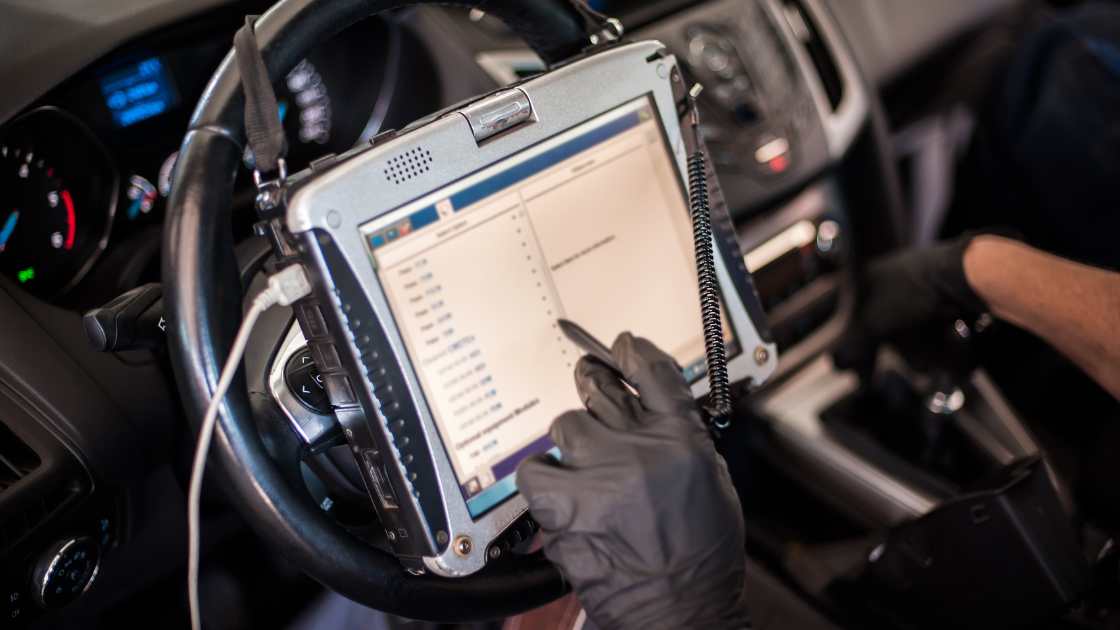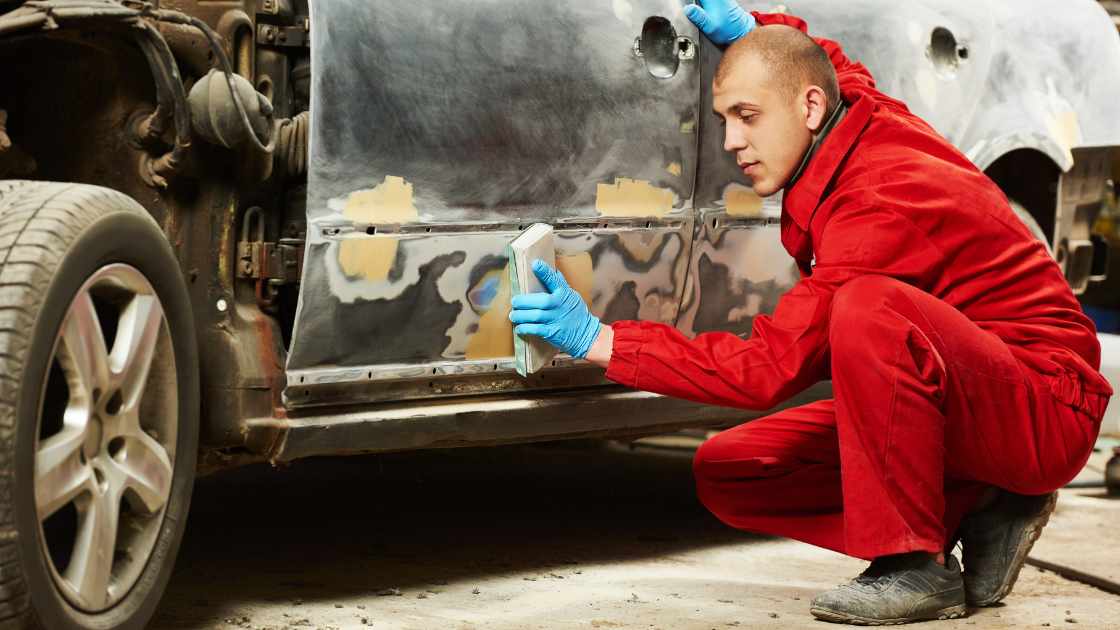When you sit behind the wheel of a modern car, you might not realize it, but you’re essentially piloting a sophisticated piece of machinery equipped with numerous electronic systems. These systems are responsible for ensuring your vehicle operates efficiently, safely, and comfortably. To achieve this level of functionality, modern cars rely on a network of computers, often referred to as Electronic Control Units (ECUs). In this article, we will explore how many computers are typically found in a car and their essential roles.
There are 8 Steps to Understand How Many Computers Are in a Car
Introduction to Electronic Control Units (ECUs)
Electronic Control Units, or ECUs, are small embedded computers that manage various functions within a vehicle. Each ECU is dedicated to a specific task or subsystem, and they work together to ensure the car functions smoothly. These computers communicate with one another through a network called the Controller Area Network (CAN bus), allowing them to share data and coordinate activities.
Engine Control Module (ECM)
The Engine Control Module, commonly known as the ECM, is one of the most critical ECUs in a car. It oversees the engine’s performance, managing fuel injection, ignition timing, and emission control. The ECM constantly monitors various sensors throughout the engine and adjusts parameters to optimize performance and fuel efficiency.
Transmission Control Module (TCM)
The Transmission Control Module (TCM) is responsible for controlling the transmission’s operation. It determines when to shift gears, monitors the vehicle’s speed, and ensures smooth gear transitions. In automatic transmissions, the TCM plays a pivotal role in delivering a comfortable and efficient driving experience.
Anti-Lock Braking System (ABS) Control Module
The Anti-Lock Braking System (ABS) Control Module manages the vehicle’s braking system. It prevents wheel lockup during hard braking, enhancing stability and control. The ABS Control Module continuously monitors wheel speed sensors to adjust brake pressure, ensuring the tires maintain traction with the road surface.
Airbag Control Module (ACM)
Safety is a paramount concern in modern vehicles, and the Airbag Control Module (ACM) plays a pivotal role in ensuring passenger safety. In the event of a collision, the ACM activates airbags to protect the occupants. It relies on various sensors, including accelerometers and impact sensors, to determine when to deploy the airbags.
Body Control Module (BCM)
The Body Control Module (BCM) oversees various non-engine related functions in a car. It manages lighting, power windows, door locks, climate control, and more. The BCM ensures that these features operate correctly and are synchronized with user inputs.
Infotainment and Navigation Systems
Modern vehicles often come equipped with sophisticated infotainment and navigation systems, each containing its own computer components. These systems provide entertainment, navigation, and connectivity features to enhance the driving experience. They typically include touch screens, processors, and memory units.
Advanced Driver Assistance Systems (ADAS)
With the advent of advanced driver assistance systems (ADAS), cars have become even more computer-dependent. ADAS features such as adaptive cruise control, lane-keeping assistance, and automatic emergency braking rely on a network of sensors and computer modules to monitor the vehicle’s surroundings and assist the driver in various ways.
FAQs
How many computers are typically found in a car?
Modern cars are equipped with a network of electronic control units (ECUs), often referred to as computers, to manage various functions. The exact number of ECUs can vary depending on the make and model of the vehicle. However, in a typical modern car, you can expect to find anywhere from 50 to over 100 ECUs. Each ECU is dedicated to a specific task or subsystem, such as engine control, transmission management, safety systems, infotainment, and more.
What are the main functions of these car computers (ECUs)?
Car computers, or ECUs, serve a wide range of functions to ensure the vehicle’s proper operation and enhance safety, comfort, and performance. Some of the main functions of these ECUs include:
Engine Control Module (ECM):
Manages engine performance, fuel injection, and emission control.
Transmission Control Module (TCM):
Controls the operation of the transmission, ensuring smooth gear shifts.
Anti-Lock Braking System (ABS) Control Module:
Prevents wheel lockup during braking for improved stability.
Airbag Control Module (ACM):
Activates airbags during a collision to protect occupants.
Body Control Module (BCM):
Manages non-engine-related functions like lighting, climate control, and power windows.
Infotainment and Navigation Systems:
Provide entertainment, navigation, and connectivity features.
Advanced Driver Assistance Systems (ADAS):
Monitor the vehicle’s surroundings and assist with features like adaptive cruise control and lane-keeping assistance.
How do these car computers (ECUs) communicate with each other?
Car computers communicate with each other through a network known as the Controller Area Network (CAN bus). The CAN bus is a system that allows ECUs to share data and coordinate their activities. It ensures that information from various sensors and components throughout the vehicle can be quickly and efficiently transmitted between ECUs. This communication enables the different systems in the car to work together seamlessly, optimizing performance, safety, and overall functionality.
Conclusion
In today’s automotive industry, computers are an integral part of a car’s functionality and safety. While the exact number of computers in a car can vary depending on the make and model, it’s not uncommon for a modern vehicle to have anywhere from 50 to over 100 ECUs, each dedicated to a specific task. These computers work together seamlessly to ensure the vehicle operates efficiently, safely, and provides a comfortable driving experience. As technology continues to advance, we can expect cars to become even more computerized, with increasingly sophisticated features and capabilities.

Jeff Gordon is an accomplished writer with expertise in the basics of car accessories. With a keen eye for detail, Jeff has established himself as an authority on the subject, with a passion for all things automotive. Based in Jasper, Jeff is dedicated to providing readers with the information they need to make informed decisions when it comes to their car accessories.





